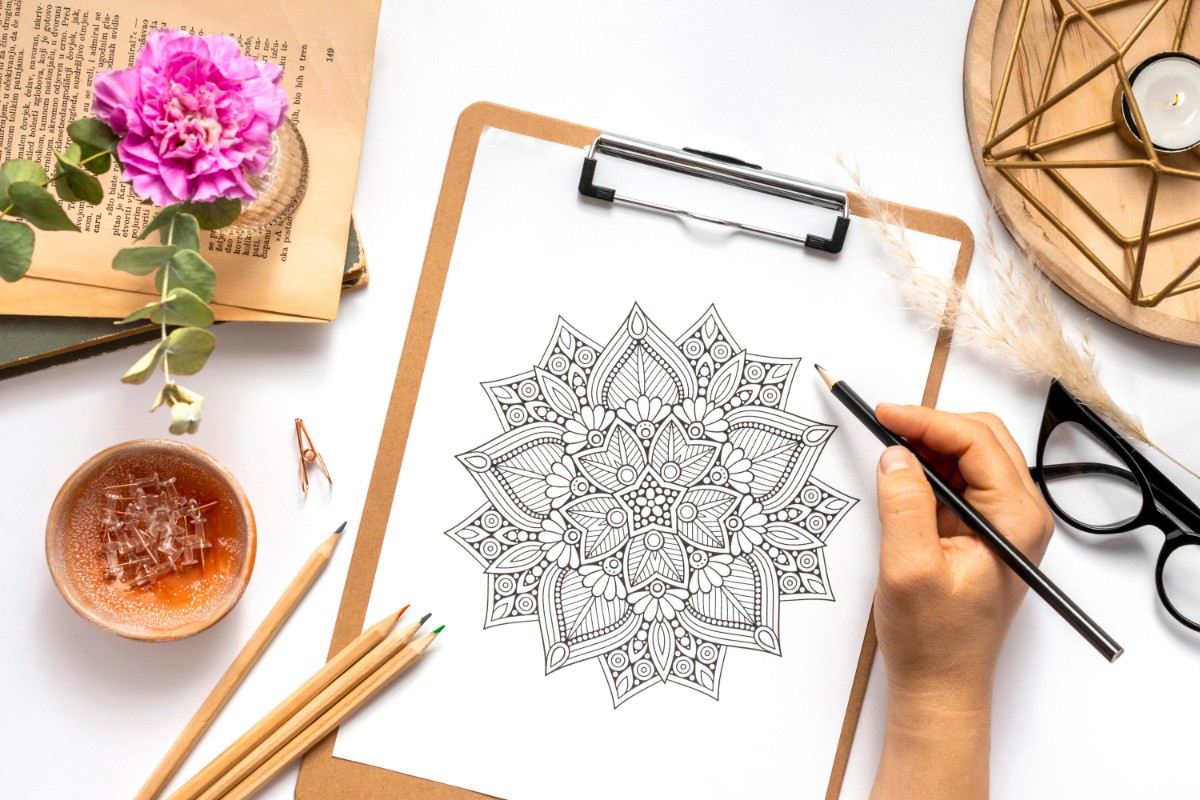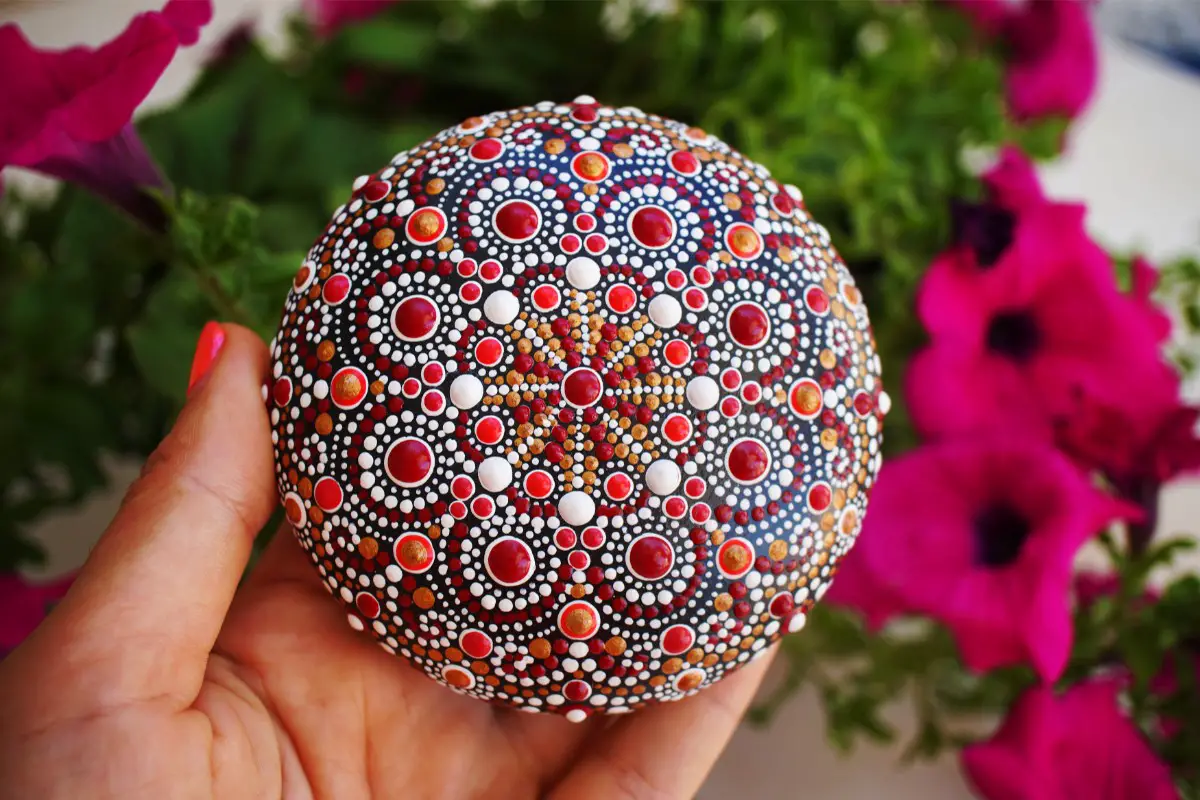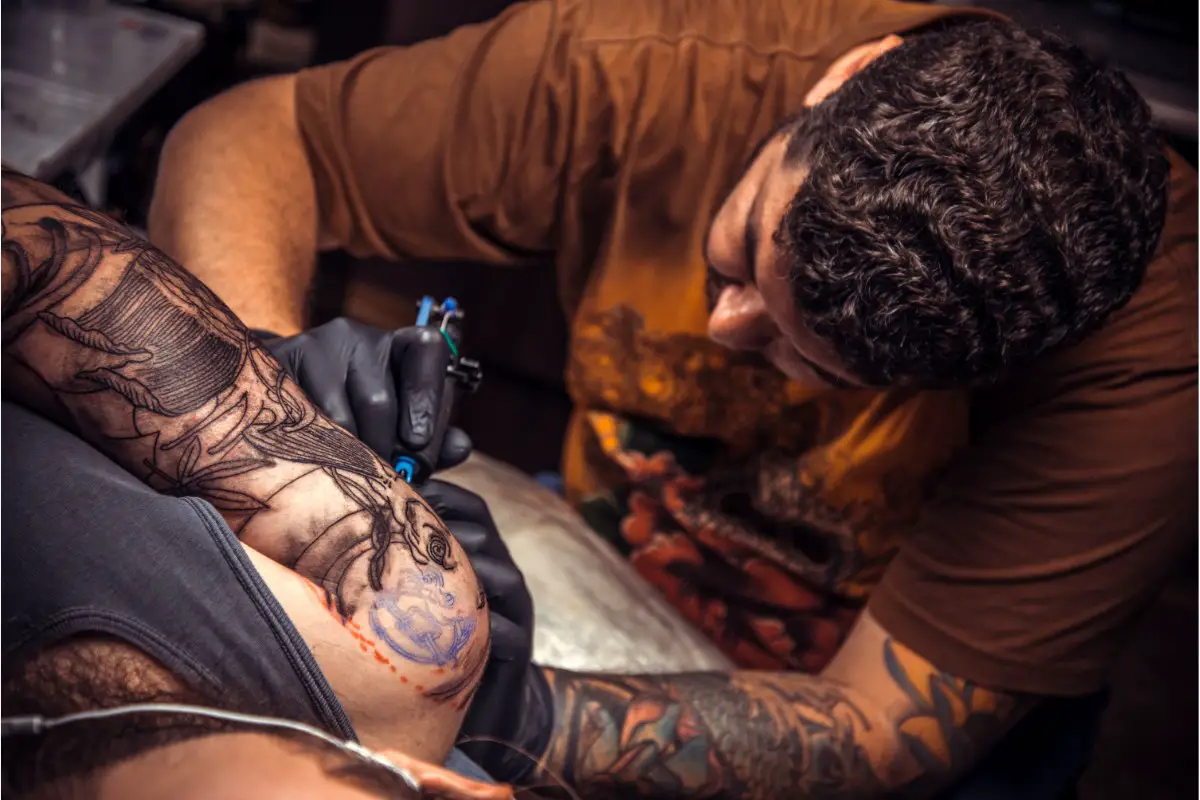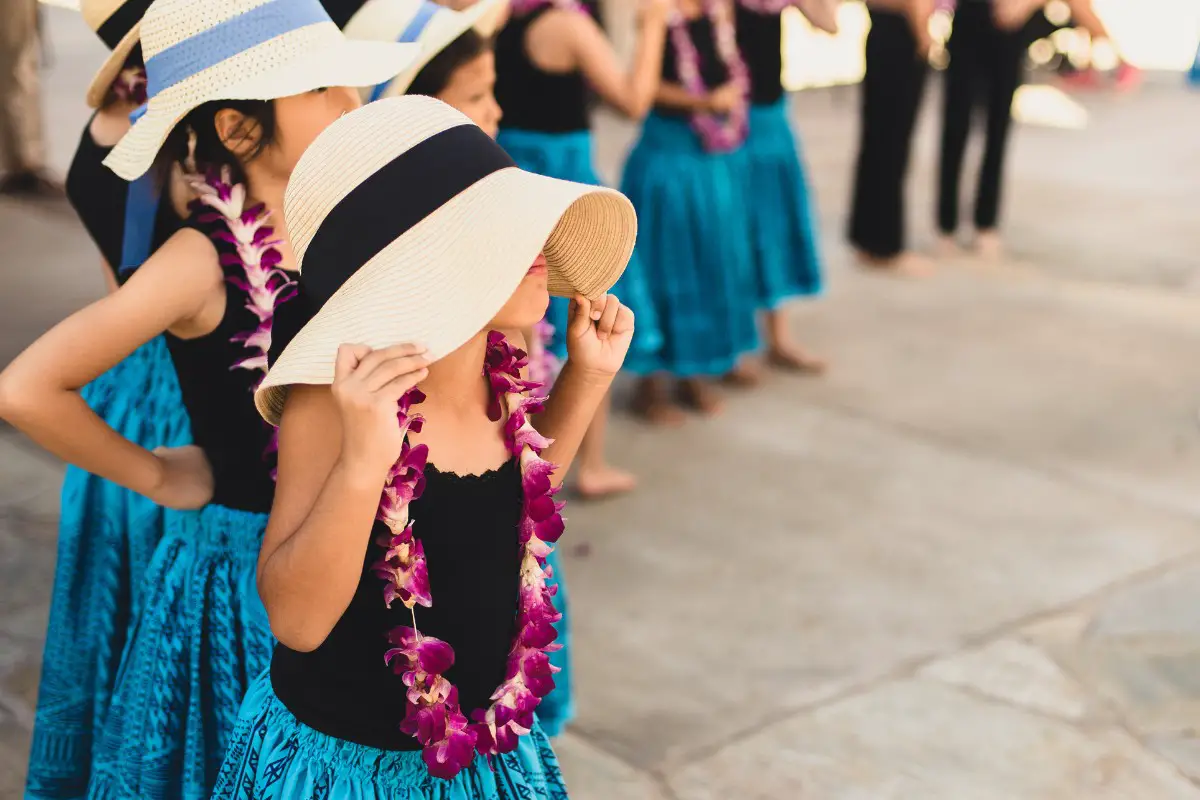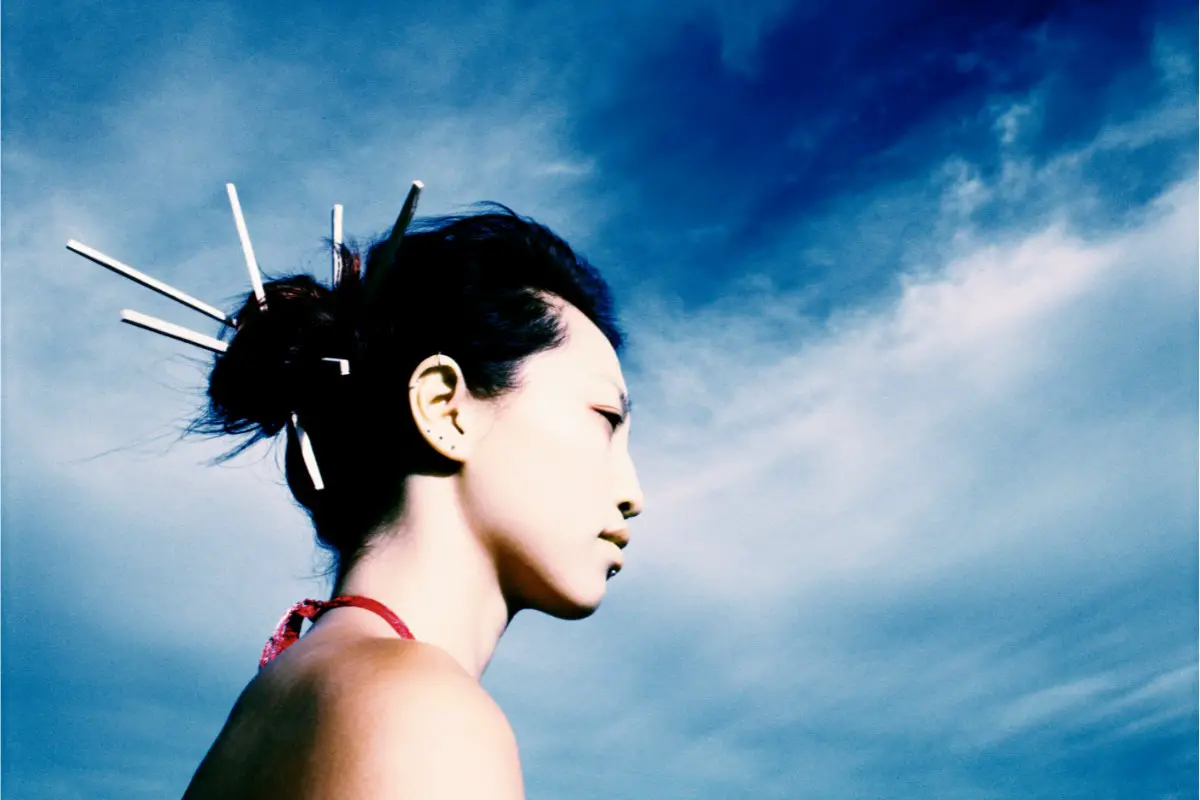Want to buy or wear a poncho but not sure if it is considered cultural appropriation? This post does a deep dive into the significance of ponchos.
Here is your answer to whether or not ponchos are a form of cultural appropriation:
Is It Cultural Appropriation to Wear a Poncho?
Although ponchos may not be cultural appropriation, they are still an emblematic part of South American, particularly Mexican culture – they also hold deep cultural and historical meaning to native peoples of those lands and it can be considered for non-native people to wear ponchos.
The Cultural Significance of Ponchos
It is only natural to wonder why wearing a poncho may be considered culturally insensitive. After all, isn’t this an item of clothing? What significance could it possibly have?
Well, as it turns out, ponchos have a lot more cultural significance than people realize.

For one thing, ponchos have been around for a lot longer than many people believe. In reality, ponchos have been found in pre-Incan sites and are considered around 2500 years old!
What’s more, they have considerable significance as well. The patterns on the ponchos can have various meanings – the diamond shaped design was meant to indicate important people or leaders in the community.
In fact, ponchos were considered so important that they were actually buried with individuals. The fact that family members wanted their loved ones to have ponchos in their afterlife means a great deal.
It is due to this significance that you are better off not wearing ponchos. After all, you will simply be wearing it as a fashion statement while to the people of South America, it is far more meaningful.
Why Can Ponchos Be Problematic?
There is also the fact that ponchos can be especially problematic right now.
The people of South America, particularly Mexicans, have often had an uneasy life in the US. Many faces discrimination, harassment, and live under the constant fear of being targeted by the police, even if they are legal citizens.
For instance, in Arizona, the police were allowed to stop people solely based on their physical appearance to demand immigration papers. This law was used to excessively use individuals from South American countries.
To add to this, when Donald Trump was president, he created a law to segregate children from their families at the border. There was also an increase in raids and deportations associated with South American individuals.
In general, though, there has been a lot of mocking things said and done regarding South Americans, with a special focus on Mexicans.
Their manner of speaking and cultural emblems like the sombrero and ponchos have been worn as costumes, often in a derogatory manner.
Due to these instances, most people from South American countries will not take kindly to people wearing ponchos as a fashion statement.
In many cases, it can be a cruel reminder of the double standards faced by Hispanic individuals.
Is It Ever OK to Wear a Poncho?
What about if you have a lot of respect for South American and Mexican culture? What if you mean no disrespect when you wear a poncho? Is it then OK for you to wear this garment?
The issue is that the painful history between the US, the US government, and the people of South America still runs deep. Therefore, borrowing from these cultures when so much of them are still mocked isn’t a good idea.
To add to this, you should consider where you are getting your poncho from. It is likely that you are buying it from a store found in the mall or even a high-end brand.
Well, these stores and brands may have ripped this design idea from South American cultures, but they have given nothing back. This is a blatant case of cultural appropriation. And, if you buy a poncho from such places, then you become a part of the problem.
How to Be Culturally Sensitive About Ponchos?
It is difficult to know if it is possible to be culturally sensitive about ponchos.
If you would like to wear one, though, it is a good idea to consider the people and the environment around you. It is best to wait until you are in a South American country and even then, discuss the matter with the people in that community.

The other thing to do is to stop buying ponchos from major brands or stores. Instead, look for local designers and crafters that use a handloom to create these designs.
For one thing, you can guarantee that your money is going to the right place and to the people who deserve it. In some instances, it could even mean improving certain communities by helping them to preserve their traditional methods.
It is also a good idea to do some research on ponchos. Speak to the designers about the history, material, patterns, etc. It is only by really understand the backstory of a poncho that you will be able to show due respect when wearing it.
In general, you may also want to consider how you can help individuals in your community and throughout the country by raising awareness to their plight. You should also vote in a manner that will improve the lives of the people around you.
Are Ponchos Considered Cultural Appropriation?
Wearing a poncho may not be textbook cultural appropriation but it still considered bad form – ponchos have a great historical and cultural significance and it can be hurtful to wear them without understanding this – the injustices of South Americans at the hands of the US also makes this problematic.

